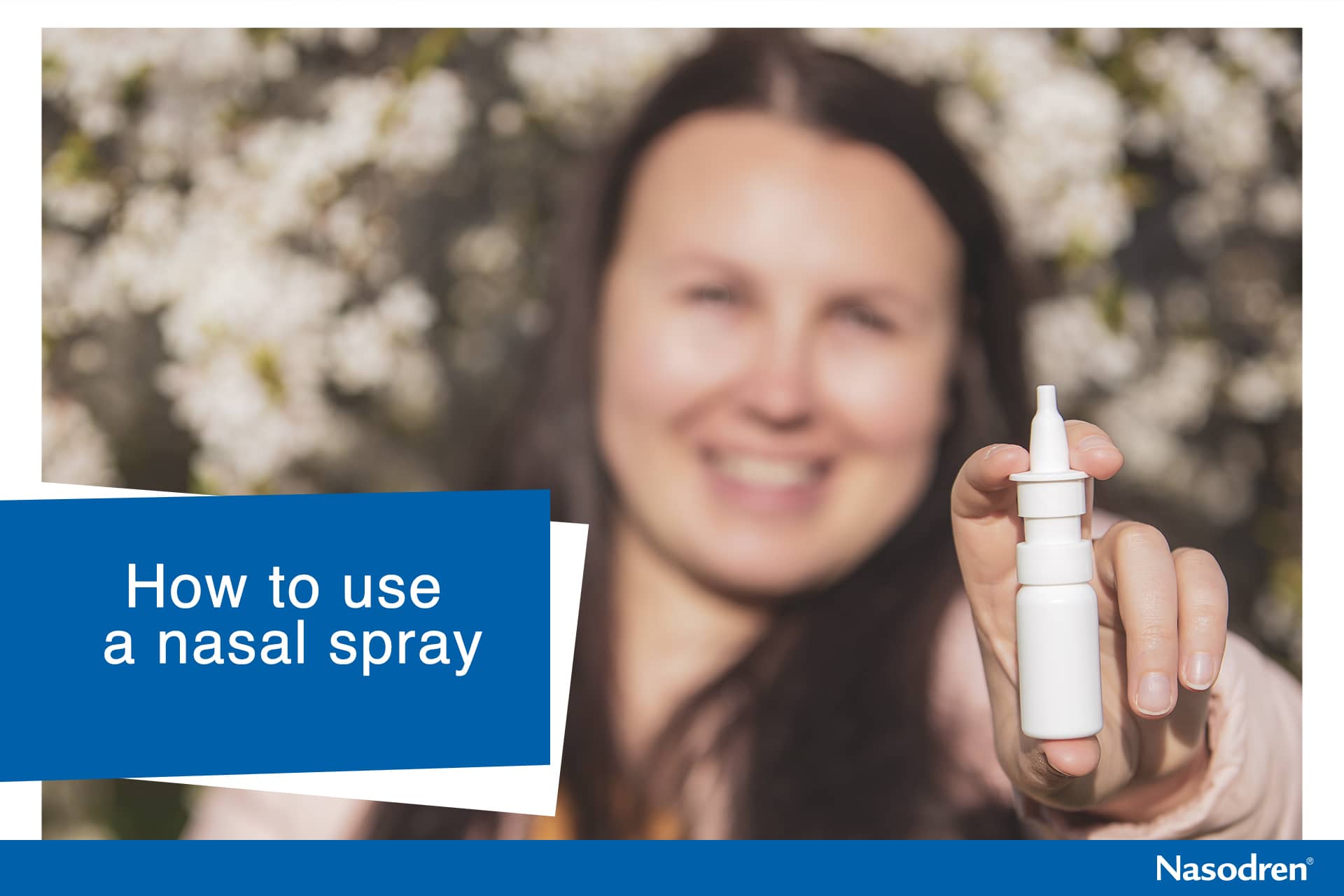Over-the-counter or prescription nasal sprays are dispensed or prescribed to treat nasal and sinus conditions, especially those producing congestion and discharge.
To deliver the product or medication properly is essential to use these sprays correctly.
Before spraying, blow your nose to clear the nasal passages.
Wash your hands with soap and water.
Read the Instructions for Use to see if the spray needs to be shaken.
The use of the spray itself differs depending on whether it is a nasal spray with or without a metered dose pump.
Here are some tips on how to use a nasal spray effectively:
1.- To use a nasal spray without a metered dose pump.
Close the nostril not receiving the spray
Insert the bottle tip slowly into the other nostril and breathe in while squeezing the bottle; do not push hard when introducing the bottle tip as this may cause a nose bleed.
Breath normally and repeat in the other nostril.
2.- To use a nasal spray with a metered dose pump.
Before the first administration, press the nozzle of the spray 2-3 times, aiming it away from the body into the air, avoiding the eyes.
Hold your head in an upright position; do not lean forwards or backward. Insert the spray nozzle into one nostril. Inhale deeply, hold your breath for 3-5 seconds and spray the solution into the nostril by pressing the spray nozzle once only. Breathe out deeply through the mouth once and then breathe normally.
Then repeat in the other nostril.
Wipe the spray nozzle clean with a paper tissue.
Whether or not the nasal spray comes with a metered dose pump or not, store the bottle as directed on the label.
Finally, but most importantly, regardless of the type, nasal sprays should be used according to the dosage and duration of treatment described in the Instructions for Use leaflet. The overuse of decongestants can lead to a condition called Rhinitis Medicamentosa, where, paradoxically, the main symptom is nasal congestion.








